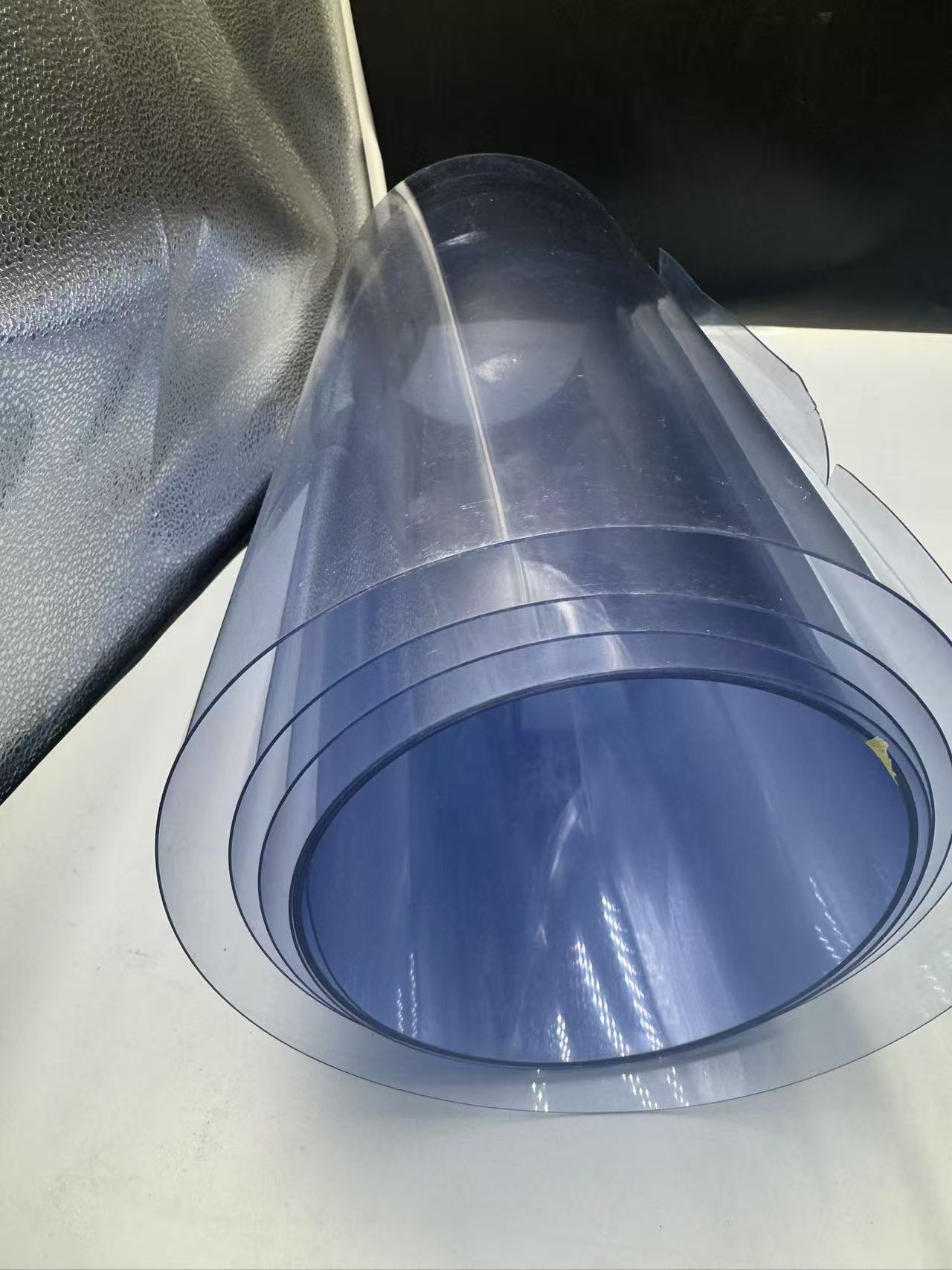
The Properties and Applications of Transparent PVC Film in Industrial Blister Packaging and Food Packaging
2025-04-07 15:31Polyvinyl chloride (PVC) film is a widely recognized material in the packaging industry, valued for its adaptability, clarity, and cost-effectiveness. Among its various iterations, transparent PVC film stands out as a preferred choice for applications requiring visibility, durability, and precise molding capabilities. 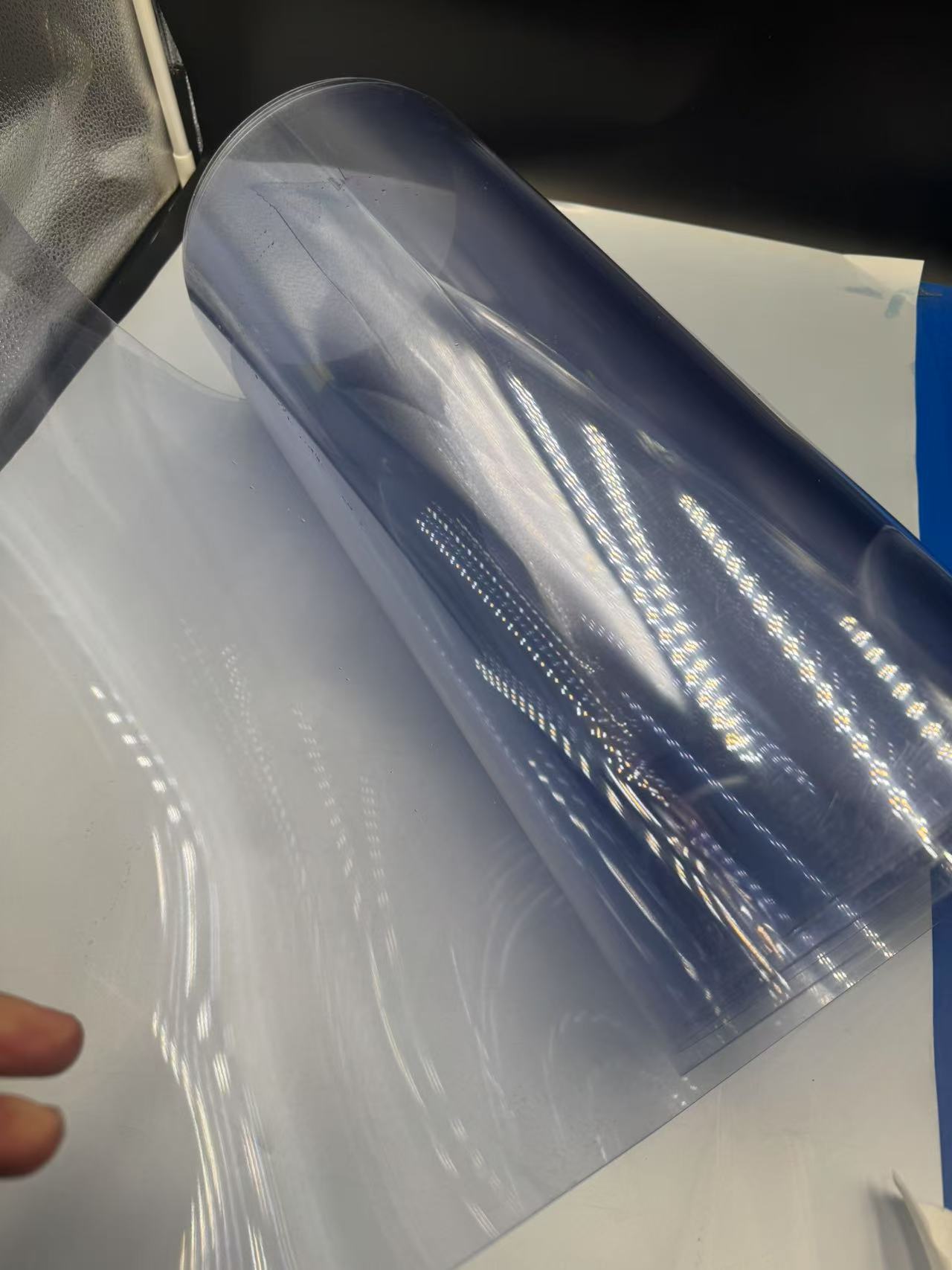 This film, produced through calendaring or extrusion processes, offers a unique combination of physical and chemical properties that make it indispensable in industrial blister packaging and food packaging. In this article, we will examine the key characteristics of transparent PVC film and illustrate its practical uses in these two critical sectors with vivid, evidence-based insights.
This film, produced through calendaring or extrusion processes, offers a unique combination of physical and chemical properties that make it indispensable in industrial blister packaging and food packaging. In this article, we will examine the key characteristics of transparent PVC film and illustrate its practical uses in these two critical sectors with vivid, evidence-based insights.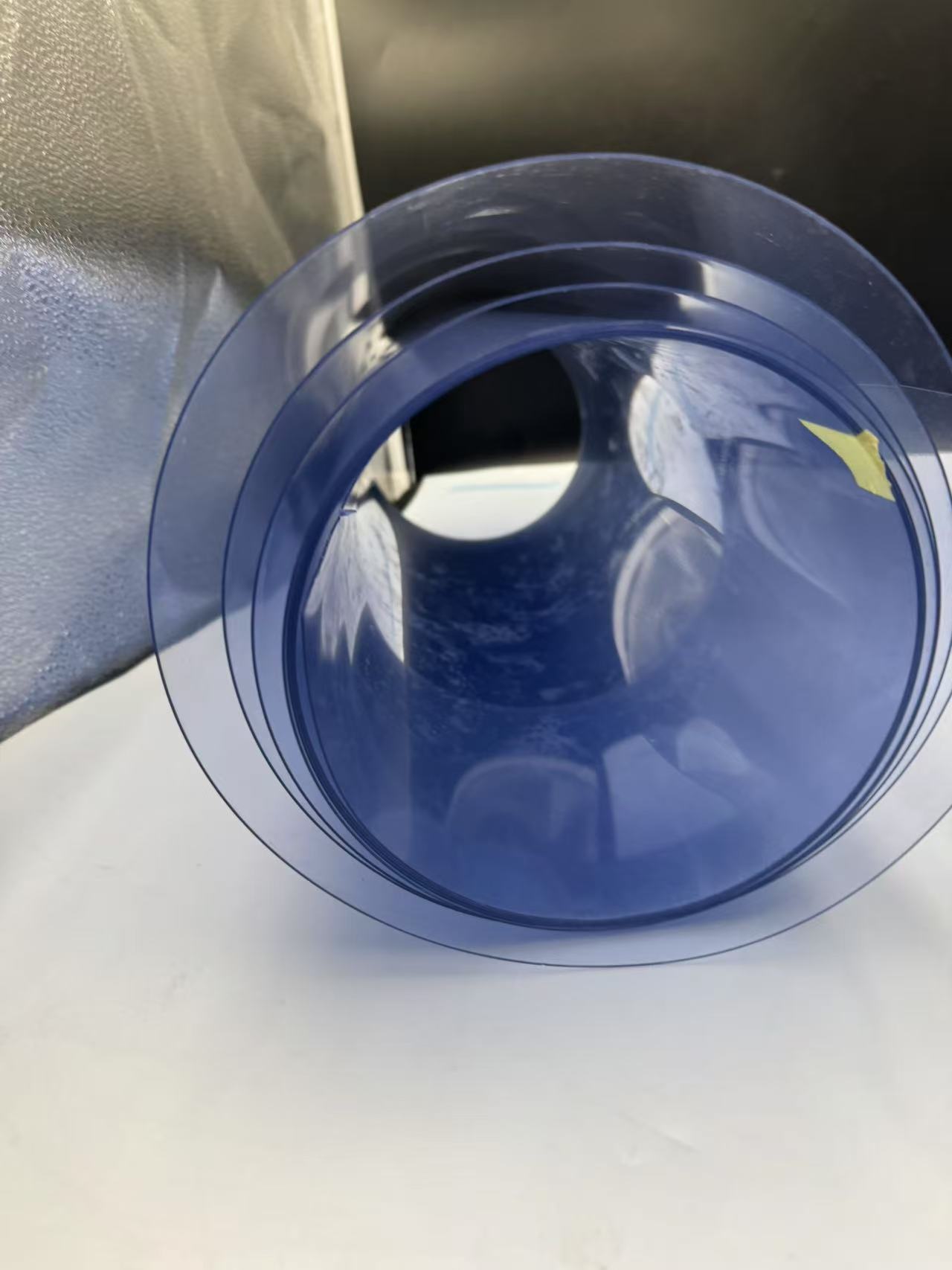
Characteristics of Transparent PVC Film
Transparent PVC film is a thermoplastic material formed by polymerizing vinyl chloride monomers, often softened with plasticizers to enhance flexibility. Its transparency, achieved through careful formulation and processing, distinguishes it from opaque or colored variants. Below are the defining properties that make it a standout choice: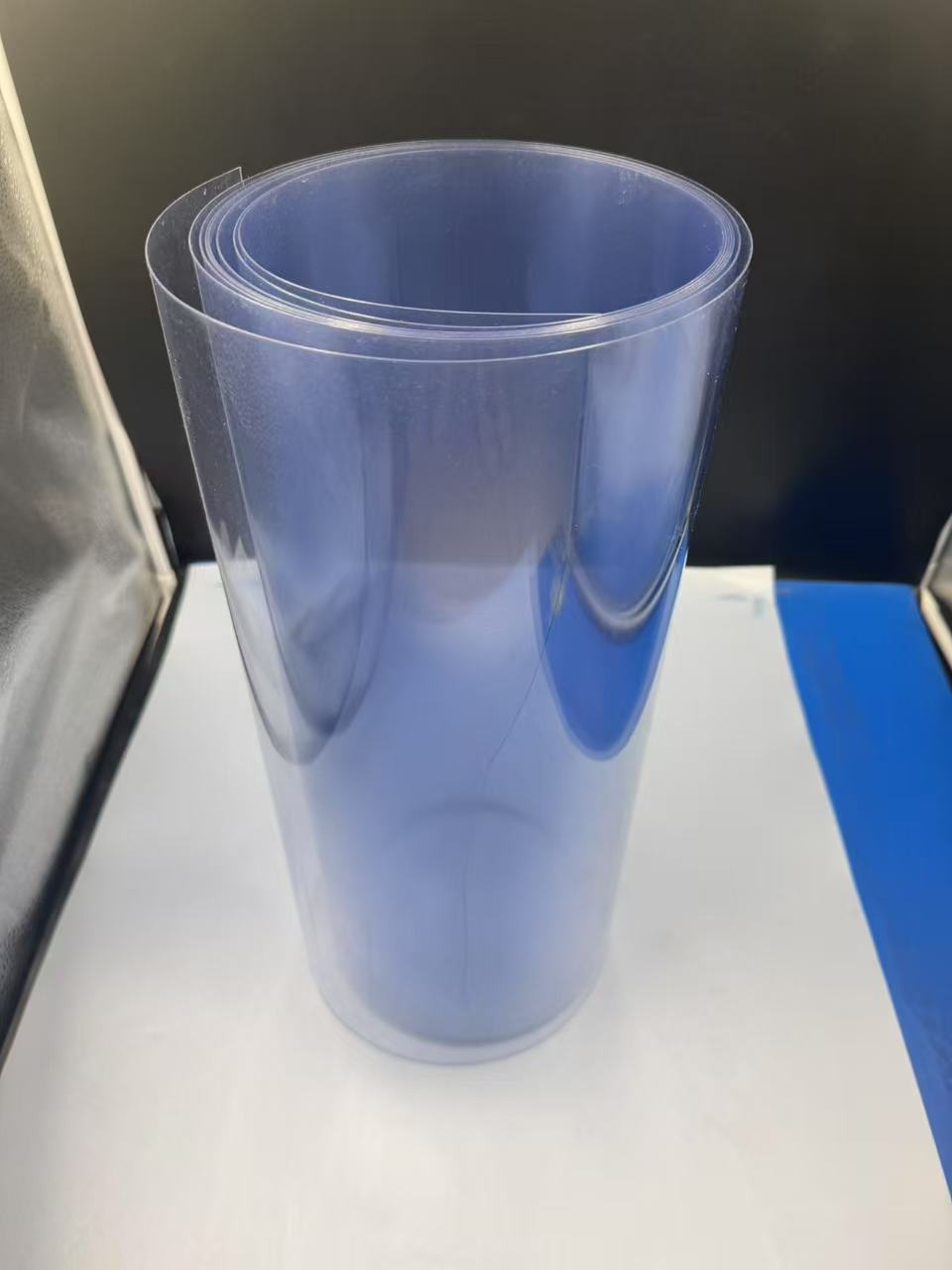
Exceptional Clarity and Optical Properties
Transparent PVC film boasts a light transmission rate of up to 90%, rivaling glass in its ability to showcase contents clearly. With a haze value typically below 3%, it ensures minimal distortion, making it ideal for applications where product visibility is paramount. This optical clarity not only enhances aesthetics but also allows consumers and inspectors to assess the quality of packaged items without opening the package.Mechanical Strength and Flexibility
With a tensile strength ranging from 20 to 50 MPa depending on thickness and plasticizer content, transparent PVC film offers robust resistance to tearing and puncturing. Its elongation at break can reach 200%–400%, providing the flexibility needed for deep-draw thermoforming processes. This balance of strength and pliability ensures that the film can protect contents while adapting to complex shapes during manufacturing.Chemical and Moisture Resistance
PVC film is inherently resistant to acids, alkalis, and oils, with a water absorption rate of less than 0.1%. This low permeability to moisture—typically a water vapor transmission rate (WVTR) of 15–20 g/m²/day—makes it an effective barrier against environmental factors that could degrade packaged goods. Its chemical stability also prevents interactions with oily or acidic substances, a crucial trait for food and industrial applications.
Thermal Formability and Stability
Transparent PVC film softens at temperatures between 80°C and 120°C, allowing it to be easily molded into precise shapes via vacuum forming or pressure forming. Once cooled, it retains its shape with minimal shrinkage (0.5%–1.5%), ensuring dimensional accuracy. While its heat resistance tops out at around 70°C without additives, specialized formulations can extend this range, broadening its usability.Cost-Effectiveness and Processability
PVC resin is abundant and relatively inexpensive, and the addition of plasticizers like dioctyl phthalate (DOP) enhances its workability without significantly increasing costs. Transparent PVC film can be produced in thicknesses ranging from 0.1 mm to 1 mm, offering versatility for both lightweight and heavy-duty packaging needs. Its compatibility with high-speed forming and sealing equipment further reduces production expenses.Food-Safe Variants
When manufactured without harmful plasticizers (e.g., using FDA-approved alternatives like citrate-based compounds), transparent PVC film meets food safety standards such as those outlined by the FDA and EU regulations (e.g., Regulation (EU) No 10/2011). Its non-toxic nature ensures it does not leach contaminants into food, making it suitable for direct contact applications.
Applications in Industrial Blister Packaging
Industrial blister packaging is a cornerstone of product protection and display, widely used for items like tools, electronics, and small components. Transparent PVC film excels in this domain due to its clarity, formability, and durability, offering both functional and aesthetic benefits.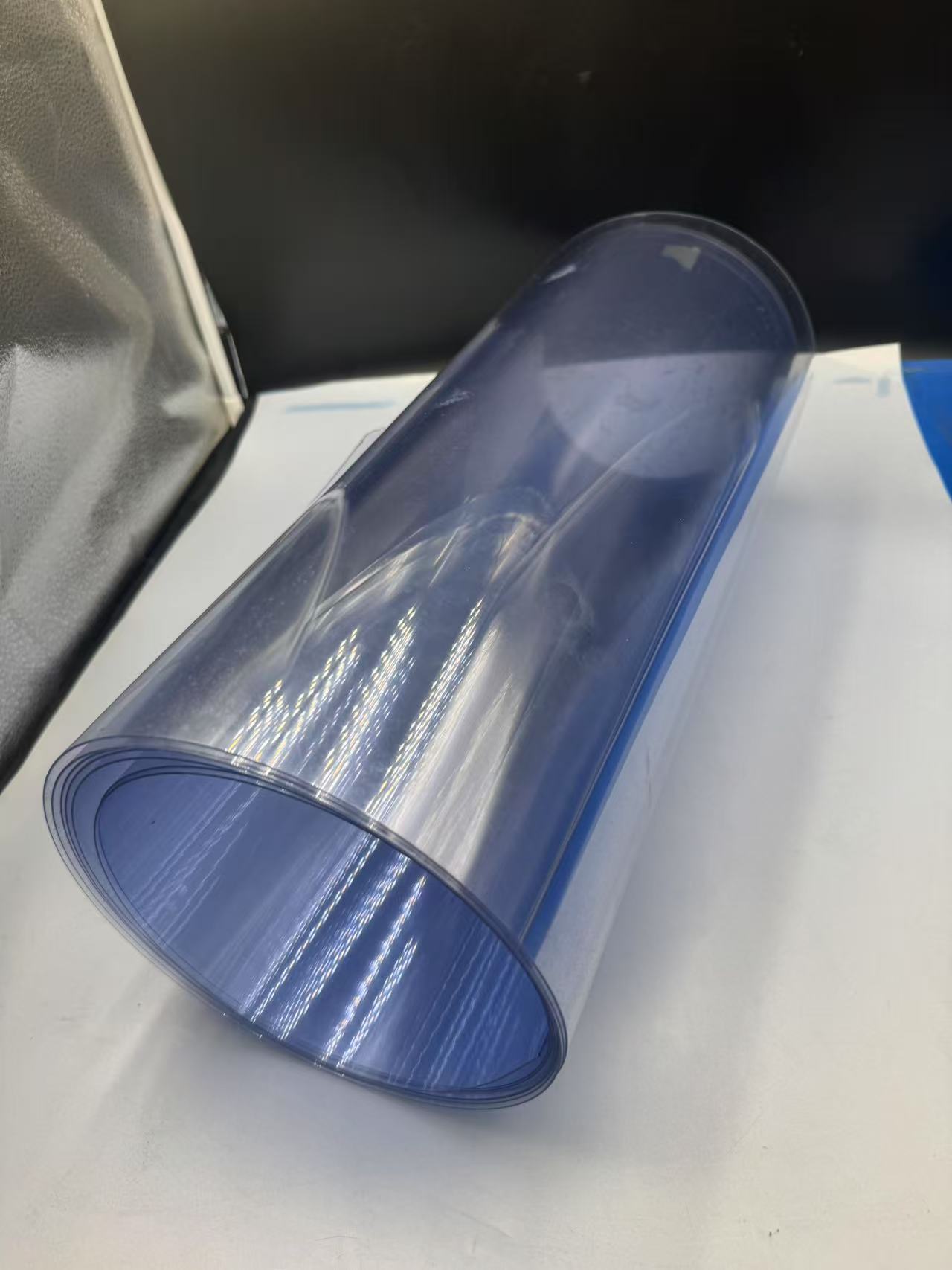
Superior Product Visibility
Picture a blister pack housing a set of precision screwdrivers, each tool gleaming through a crystal-clear PVC film. The film’s high transparency allows every detail—down to the polished steel tips—to shine through, giving customers an unobstructed view of what they’re purchasing. This visibility is a game-changer in retail settings, where first impressions drive sales, and in industrial contexts, where quality control relies on visual inspection.
Robust Protection for Heavy Components
Industrial goods often require packaging that can endure rough handling. Transparent PVC film, with its tensile strength and impact resistance, forms sturdy blisters that shield contents from drops, vibrations, and dust. For example, a 0.4 mm thick PVC film can encase a heavy-duty drill bit, preventing it from piercing the packaging during transit while maintaining a professional appearance. Its moisture resistance further protects metal parts from rust, a critical factor in humid environments.
Precision in Thermoforming
The manufacturing of blister packs demands materials that conform to intricate molds without cracking or warping. Transparent PVC film’s low softening point and high elongation make it ideal for creating deep cavities and sharp contours. In a production line, the film is heated to 100°C, stretched over a mold, and cooled within seconds to form a snug, tailored fit around items like circuit boards or automotive parts. This precision reduces material waste and ensures a secure hold.
Cost-Effective Scalability
For industries producing thousands of blister packs daily, cost matters. Transparent PVC film’s affordability and compatibility with automated machinery—such as rotary thermoformers—enable high-throughput production without compromising quality. Its recyclability also appeals to manufacturers aiming to meet sustainability goals, as scrap PVC can be reprocessed into new film, minimizing environmental impact.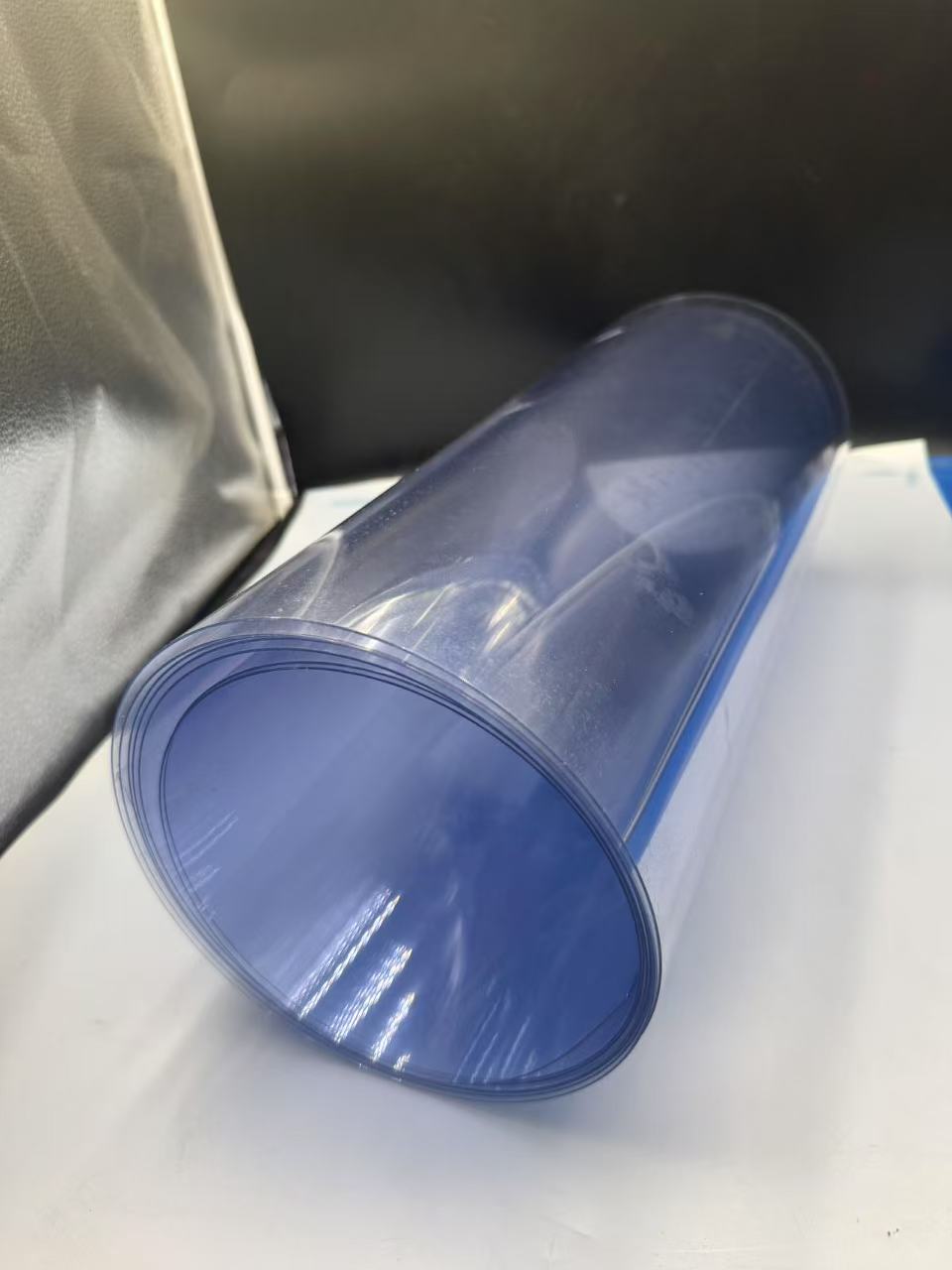
Applications in Food Packaging
Food packaging requires materials that balance safety, preservation, and consumer appeal—qualities that transparent PVC film delivers effectively. From fresh produce wraps to rigid trays, its applications in this sector are diverse and impactful.
Preservation and Freshness
Imagine a tray of strawberries sealed under a taut sheet of transparent PVC film, their bright red hue vivid against a clear backdrop. The film’s moderate barrier properties—combined with its ability to be perforated for breathability—help regulate moisture and oxygen levels, extending shelf life. For instance, its WVTR of 15 g/m²/day prevents excessive drying while allowing enough ventilation to reduce spoilage in high-respiration produce like berries or leafy greens.
Consumer Convenience and Safety
Transparent PVC film is a staple in cling wrap applications, where its elasticity and clinginess (achieved with plasticizers) make it perfect for covering leftovers or sealing containers. A household user can stretch a 0.015 mm thick film over a bowl of salad, confident that it will adhere tightly without tearing. Food-safe formulations ensure that no harmful substances migrate into the food, aligning with strict regulatory standards and consumer expectations.
Enhanced Shelf Appeal
In supermarkets, presentation is everything. Transparent PVC film transforms trays of deli meats, cheeses, or baked goods into eye-catching displays. A butcher might package sliced ham in a rigid PVC tray with a transparent lid, allowing shoppers to inspect the product’s texture and color. The film’s glossy finish and resistance to fogging (with anti-fog additives) maintain clarity even under refrigeration, ensuring the food looks as good as it tastes.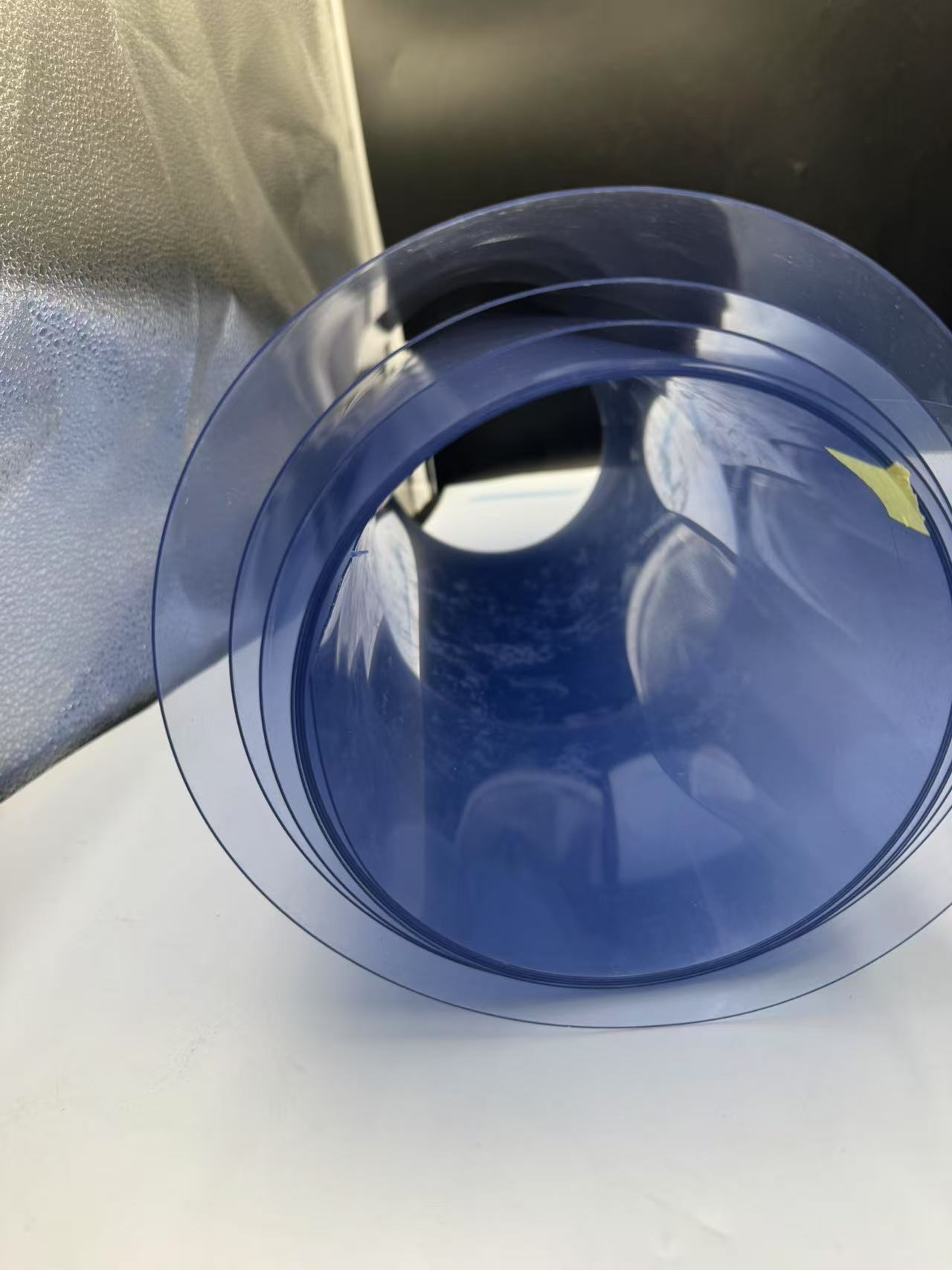
Versatility Across Food Types
From soft fruits to rigid containers for frozen meals, transparent PVC film adapts to various packaging needs. Its oil resistance makes it suitable for greasy items like fried chicken, while its flexibility allows it to wrap irregularly shaped goods like bread loaves. For pre-made sandwiches, a 0.25 mm thick film can be heat-sealed over a tray, providing a tamper-evident closure that reassures consumers of product integrity.
Challenges and Future Directions
Despite its strengths, transparent PVC film faces scrutiny. Environmental concerns over PVC’s chlorine content and the use of plasticizers like phthalates have sparked debates about its sustainability. While it is recyclable, its disposal in landfills can release harmful compounds if not properly managed. Additionally, its limited heat resistance restricts its use in high-temperature applications like hot-fill packaging.
Looking forward, innovations could mitigate these drawbacks. The development of phthalate-free plasticizers and bio-based PVC alternatives promises greener options without sacrificing performance. Enhanced multilayer co-extrusion techniques might also improve its barrier properties, expanding its reach into longer-shelf-life food packaging. As consumer demand for eco-friendly solutions grows, transparent PVC film could evolve to meet these expectations while retaining its core advantages.
Conclusion
Transparent PVC film is a powerhouse in packaging, blending exceptional clarity, mechanical strength, and cost-effectiveness into a material that shines in industrial blister packaging and food packaging alike. Its ability to protect tools with precision and preserve food with appeal makes it a versatile ally for manufacturers and retailers. Whether showcasing a gleaming gadget or a fresh snack, this film delivers reliability and visibility in equal measure. As technology advances, transparent PVC film is poised to adapt, maintaining its relevance in a dynamic and ever-evolving industry.